Aleppo und Damaskus // 1999
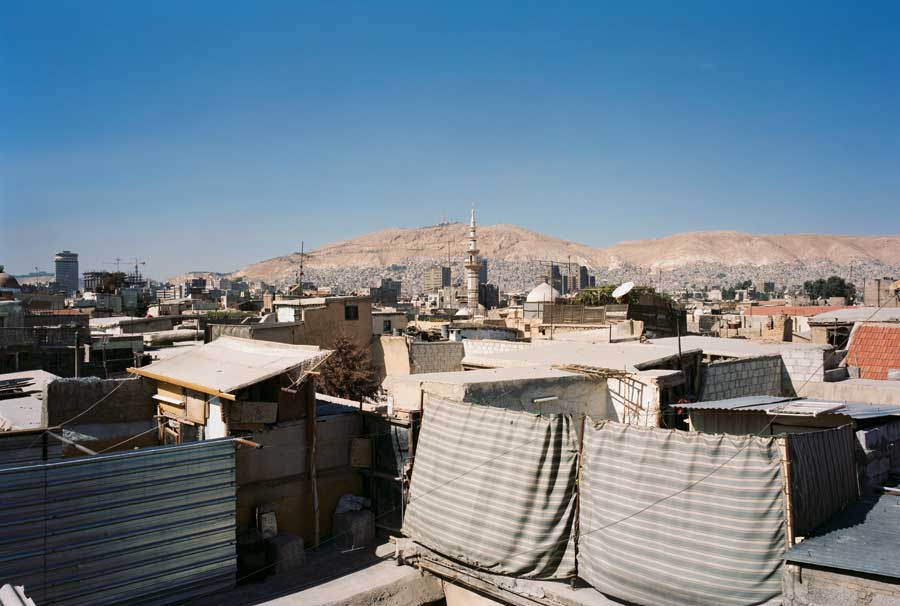
Aleppo / variabel / C-Print / 1999 // © Stefanie Bürkle - VG Bild Kunst
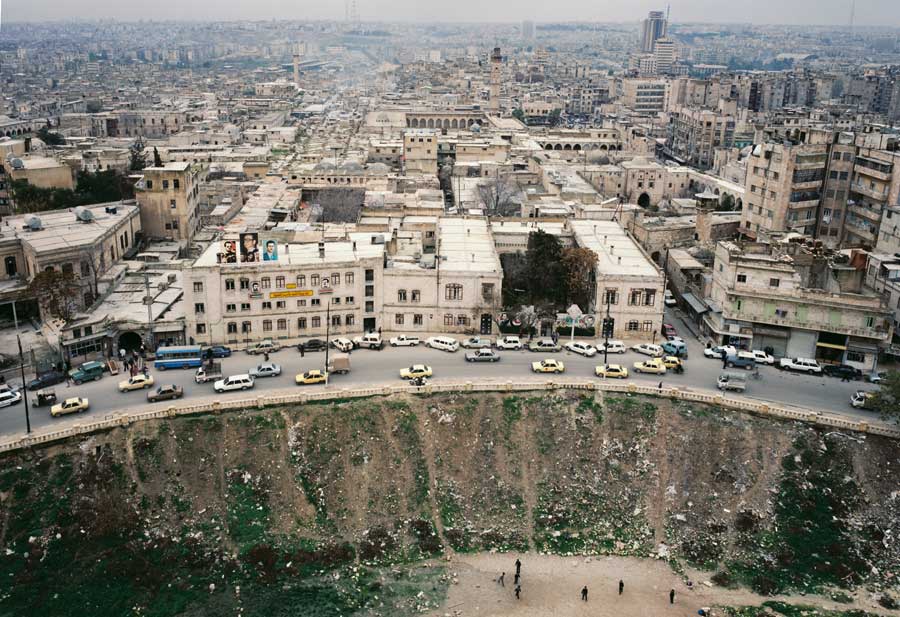
Aleppo / variabel / C-Print / 1999 // © Stefanie Bürkle - VG Bild Kunst
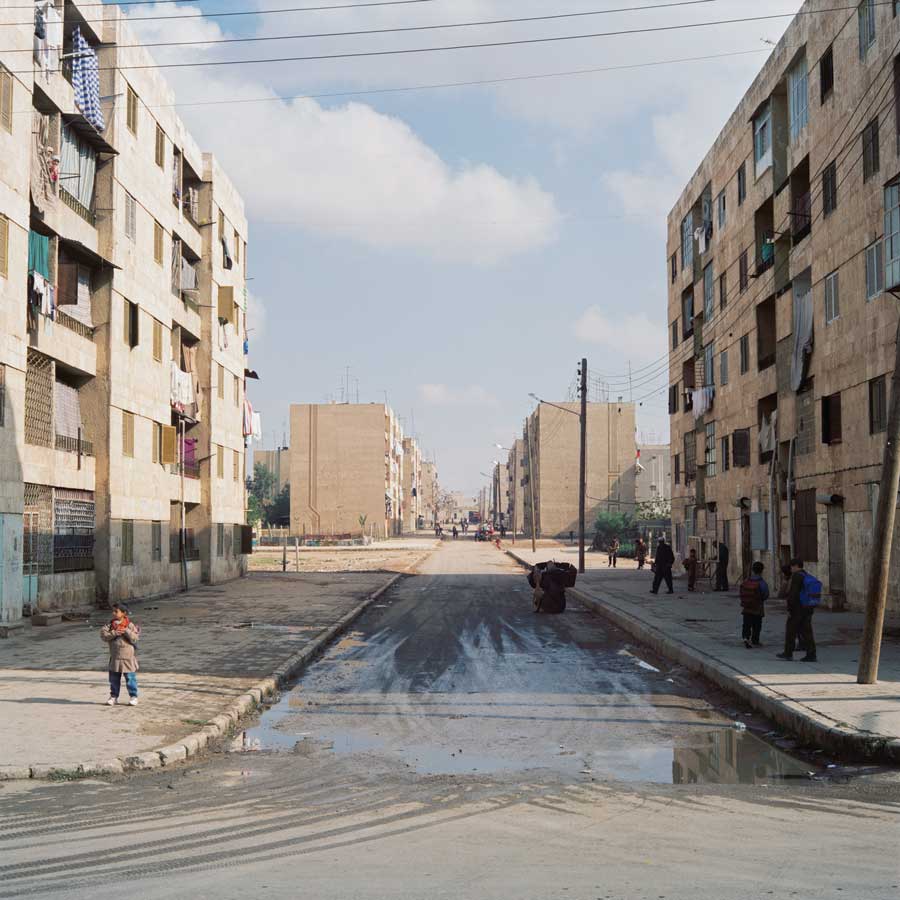
Aleppo Wohnblocks / variabel / C-Print / 1999 // © Stefanie Bürkle - VG Bild Kunst
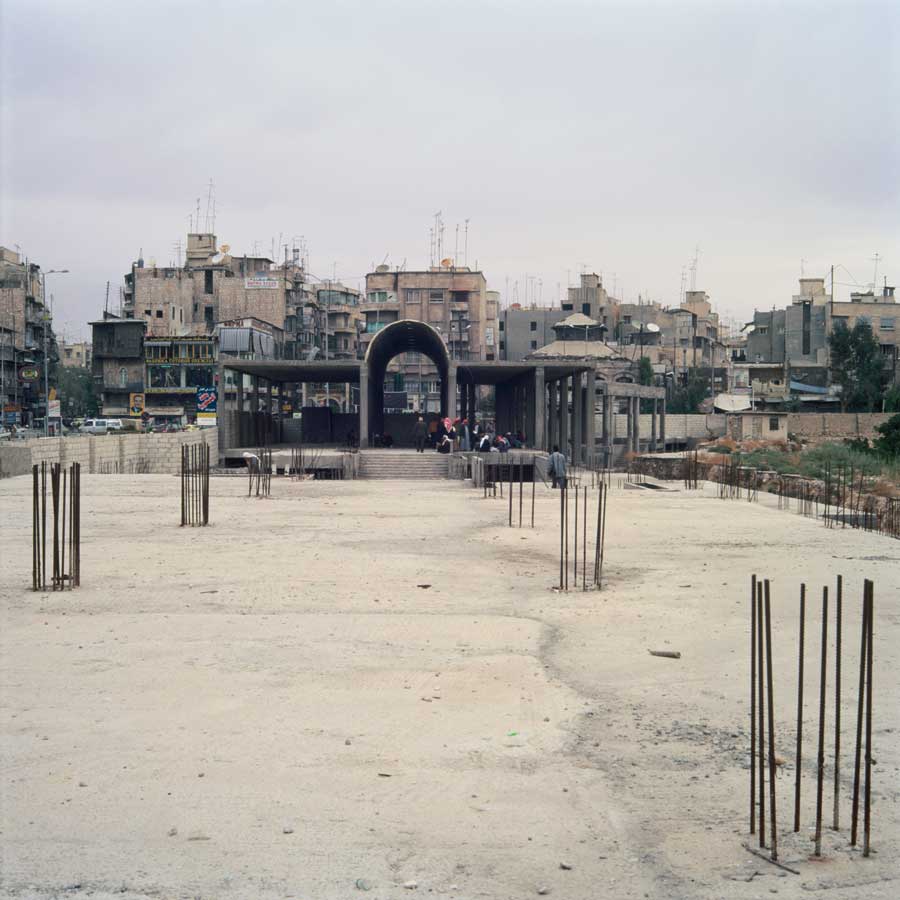
Aleppo / variabel / C-Print / 1999 // © Stefanie Bürkle - VG Bild Kunst
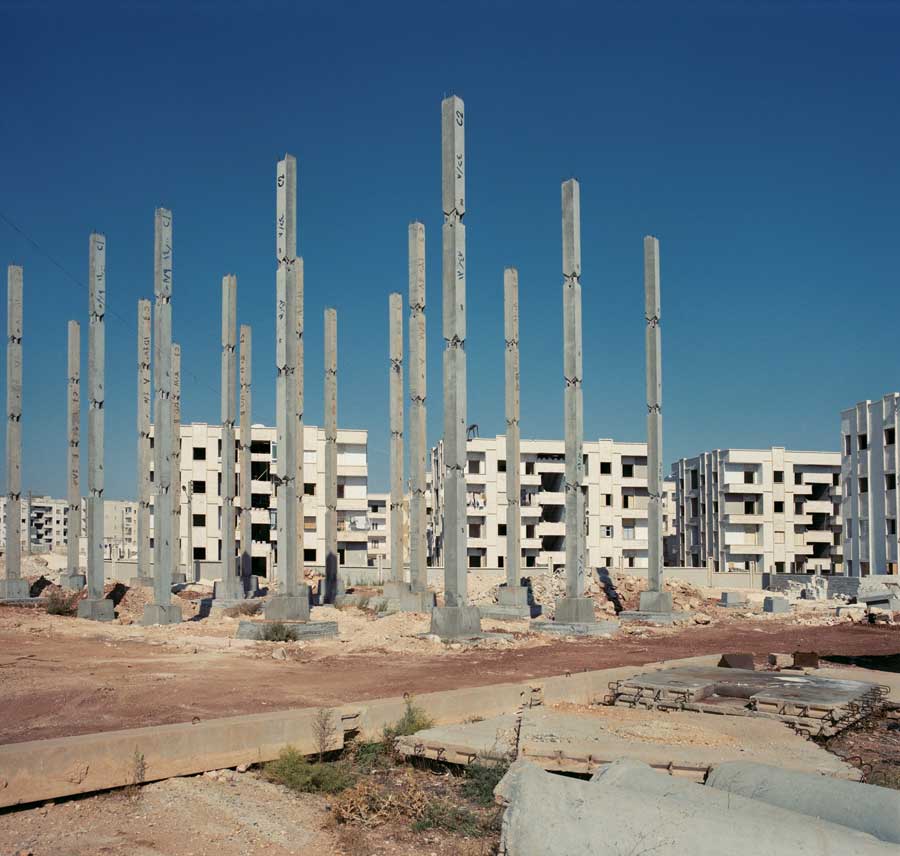
Aleppo Neubauten / variabel / C-Print / 1999 // © Stefanie Bürkle - VG Bild Kunst
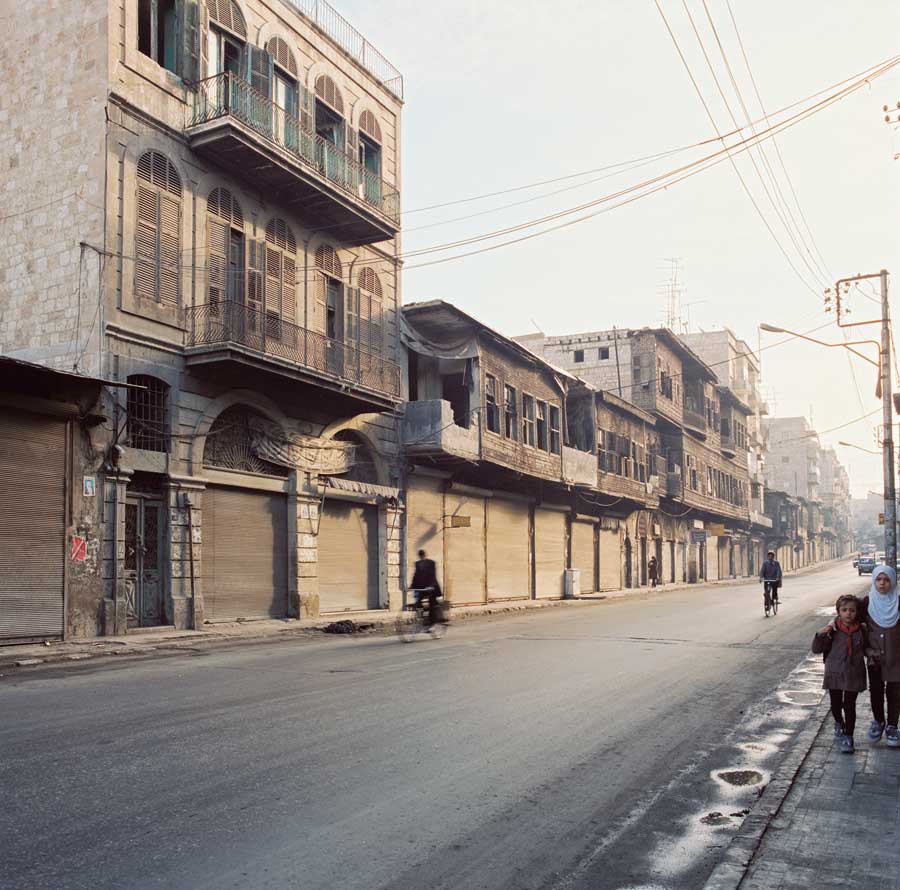
Aleppo Al Kandhak Straße / variabel / C-Print / 1999 // © Stefanie Bürkle - VG Bild Kunst
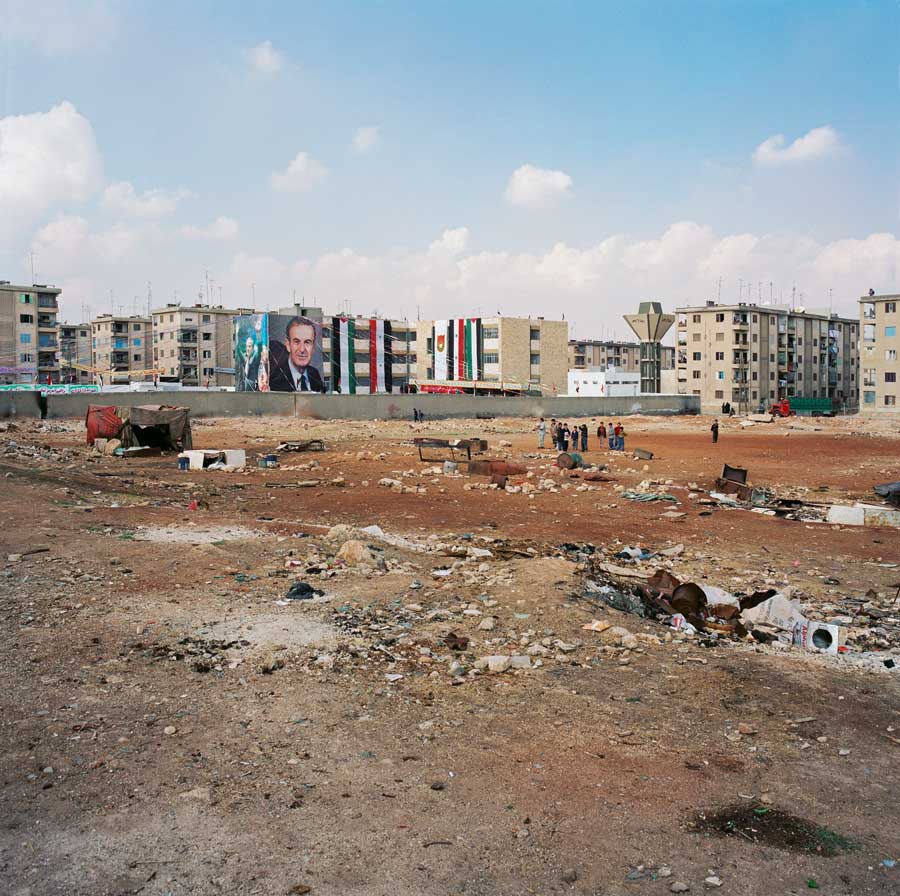
Aleppo / variabel / C-Print / 1999 // © Stefanie Bürkle - VG Bild Kunst
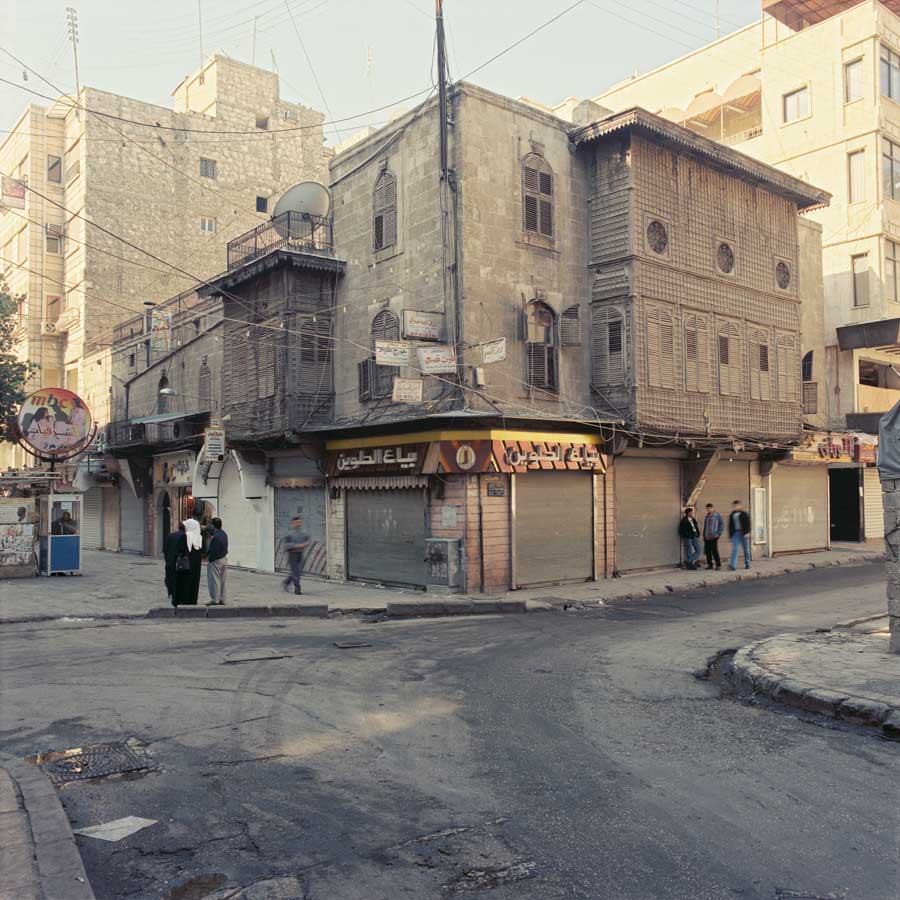
Aleppo Al Jaihdeh/ variabel / C-Print / 1999 // © Stefanie Bürkle - VG Bild Kunst
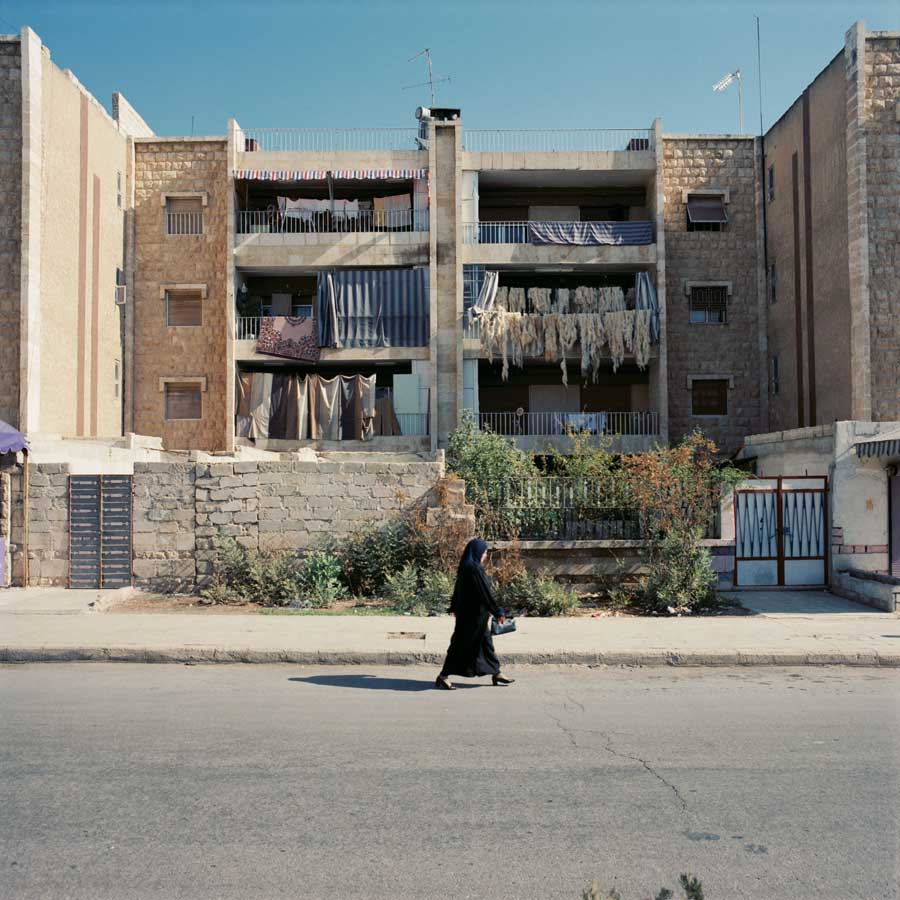
Aleppo / variabel / C-Print / 1999 // © Stefanie Bürkle - VG Bild Kunst
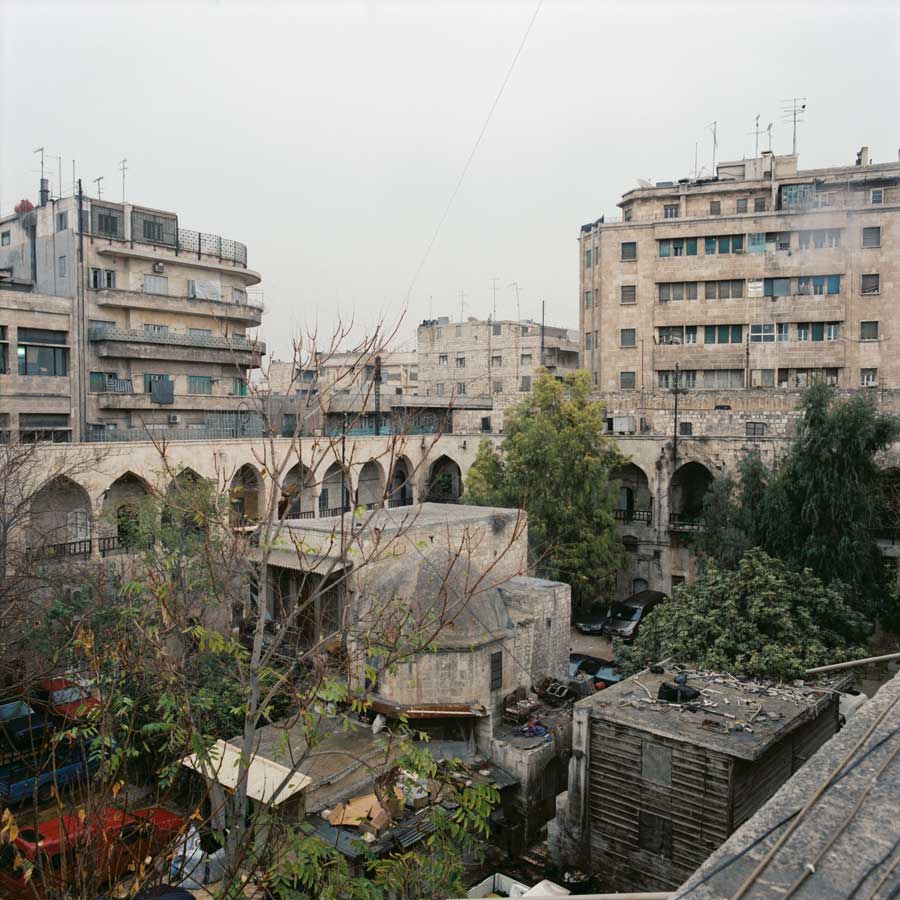
Aleppo Kahn Al Wazeer/ variabel / C-Print / 1999 // © Stefanie Bürkle - VG Bild Kunst
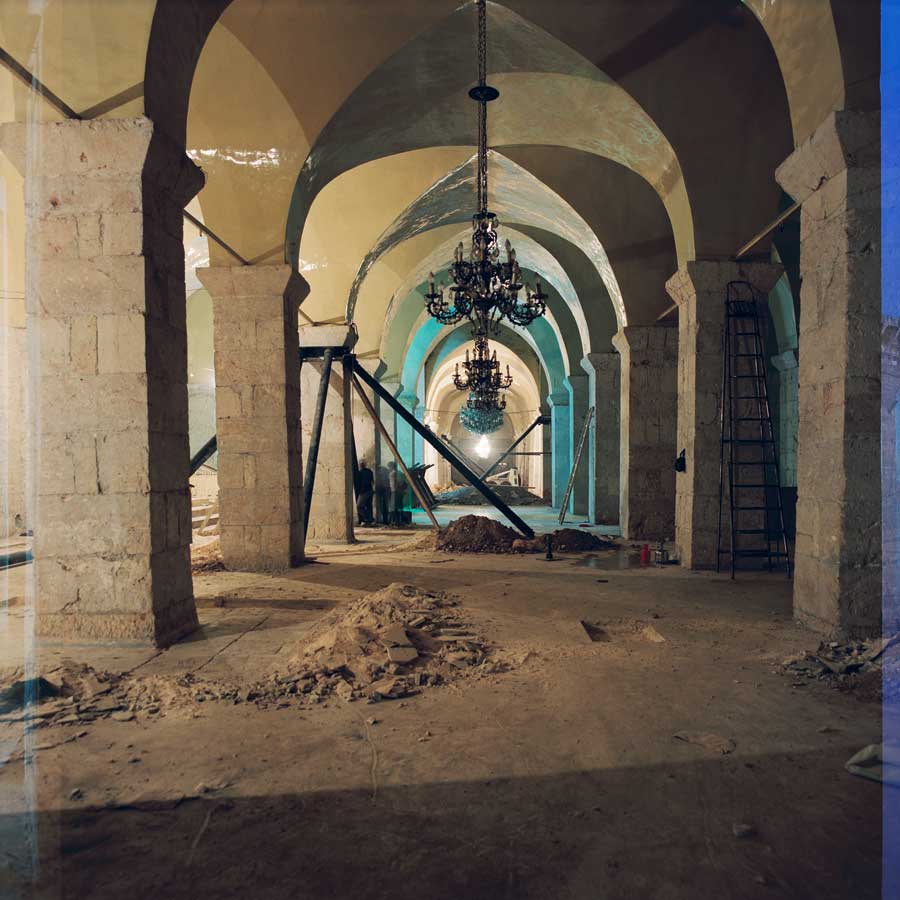
Aleppo Umayyaden Moschee / variabel / C-Print / 1999 // © Stefanie Bürkle - VG Bild Kunst
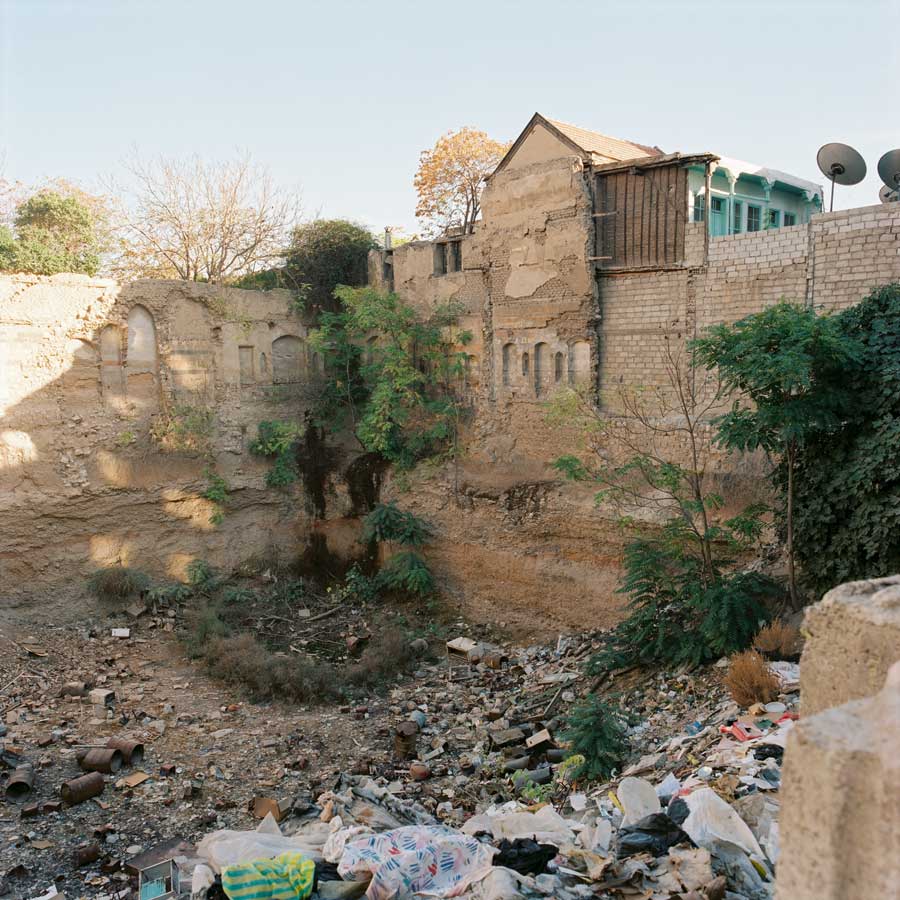
Damaskus Suq Sarouja / variabel / C-Print / 1999 // © Stefanie Bürkle - VG Bild Kunst
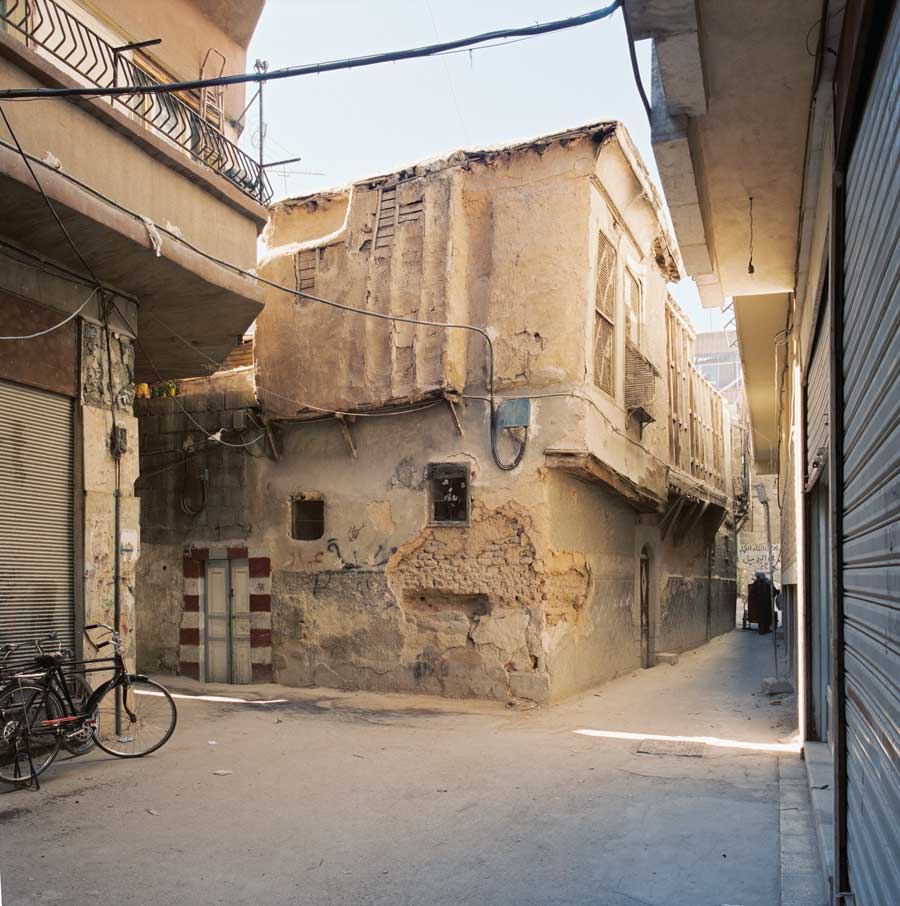
Damaskus / variabel / C-Print / 1999 // © Stefanie Bürkle - VG Bild Kunst
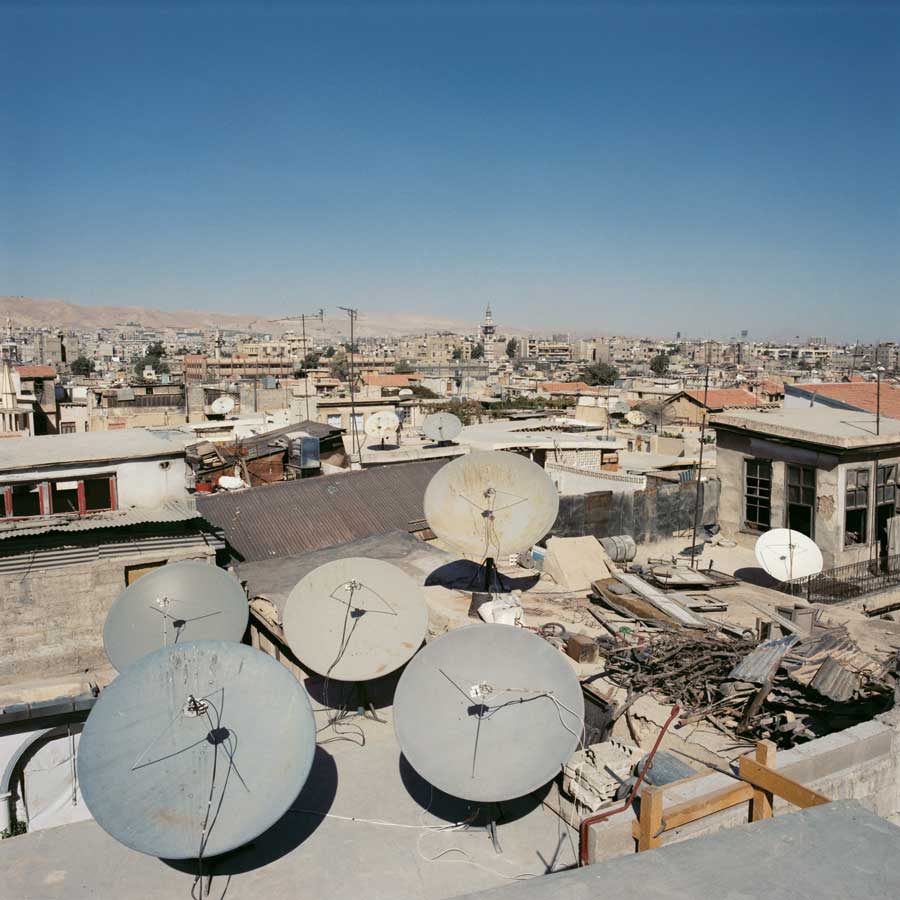
Damaskus Panorama / variabel / C-Print / 1999 // © Stefanie Bürkle - VG Bild Kunst
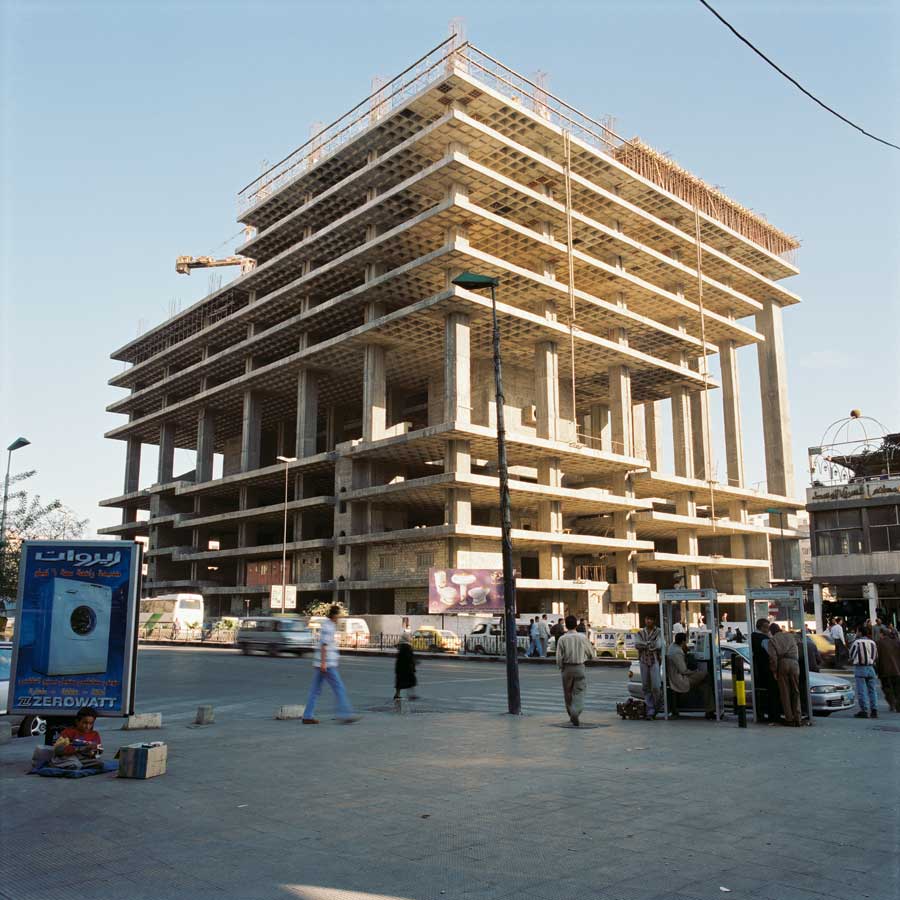
Damaskus Wathaf / variabel / C-Print / 1999 // © Stefanie Bürkle - VG Bild Kunst
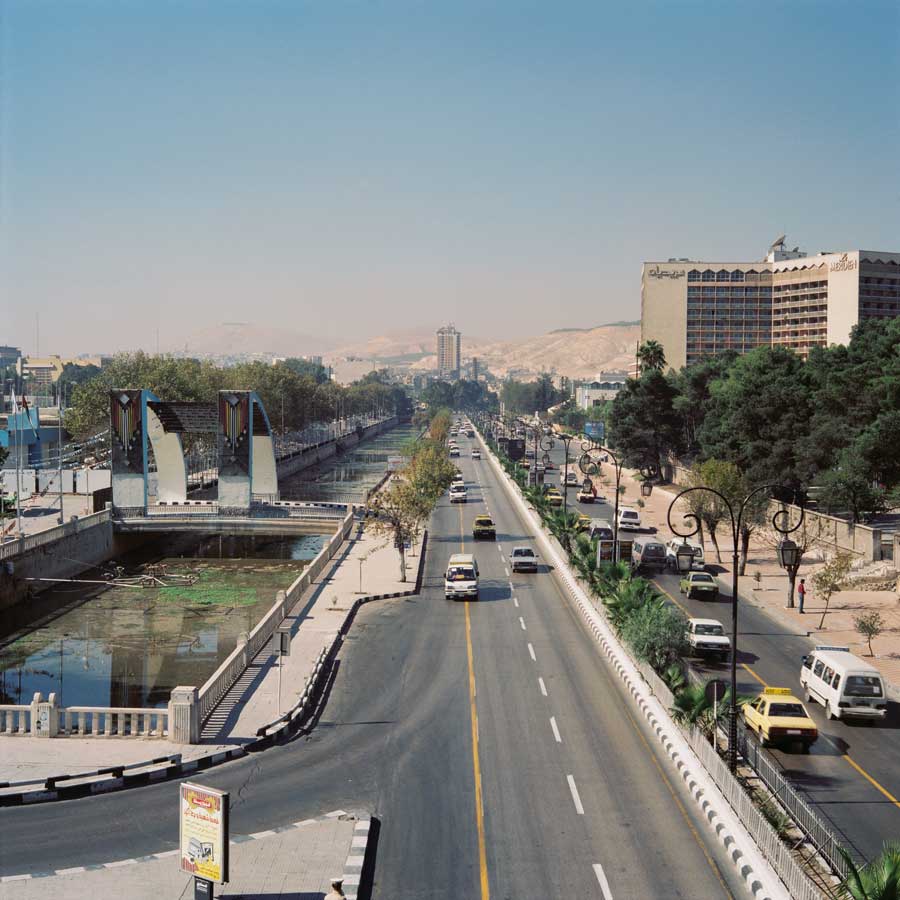
Damaskus Shukli El Kuwatli Straße / variabel / C-Print / 1999 // © Stefanie Bürkle - VG Bild Kunst
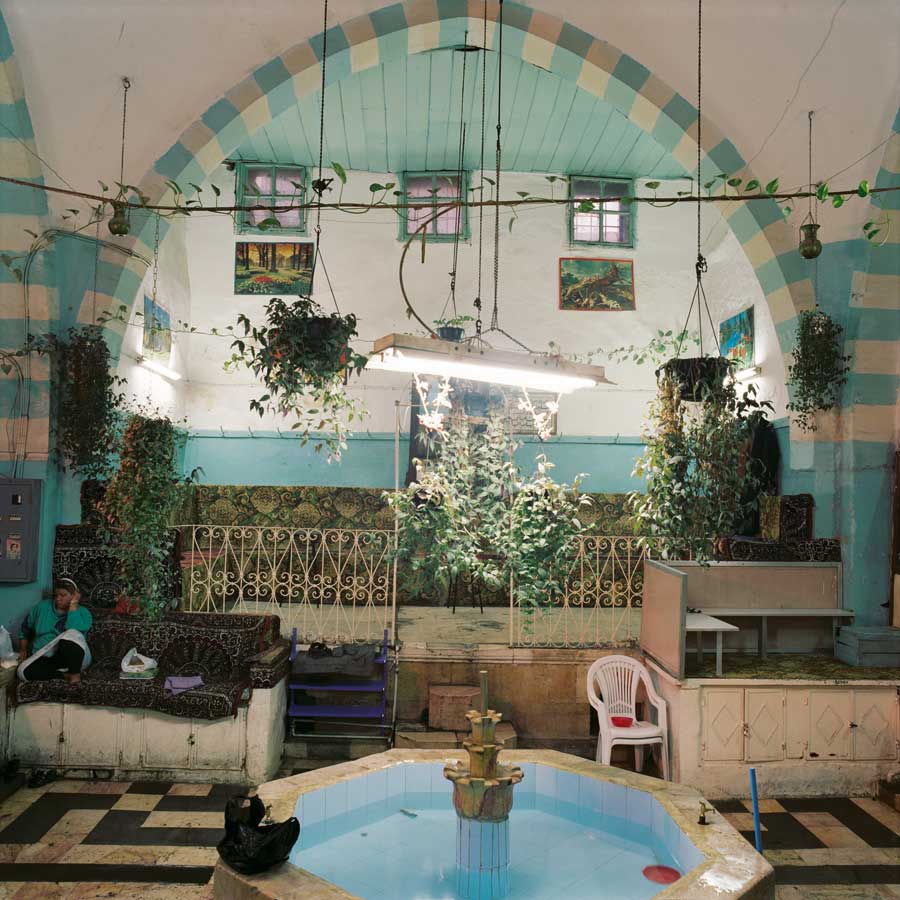
Damaskus Hamam Al Wared/ variabel / C-Print / 1999 // © Stefanie Bürkle - VG Bild Kunst
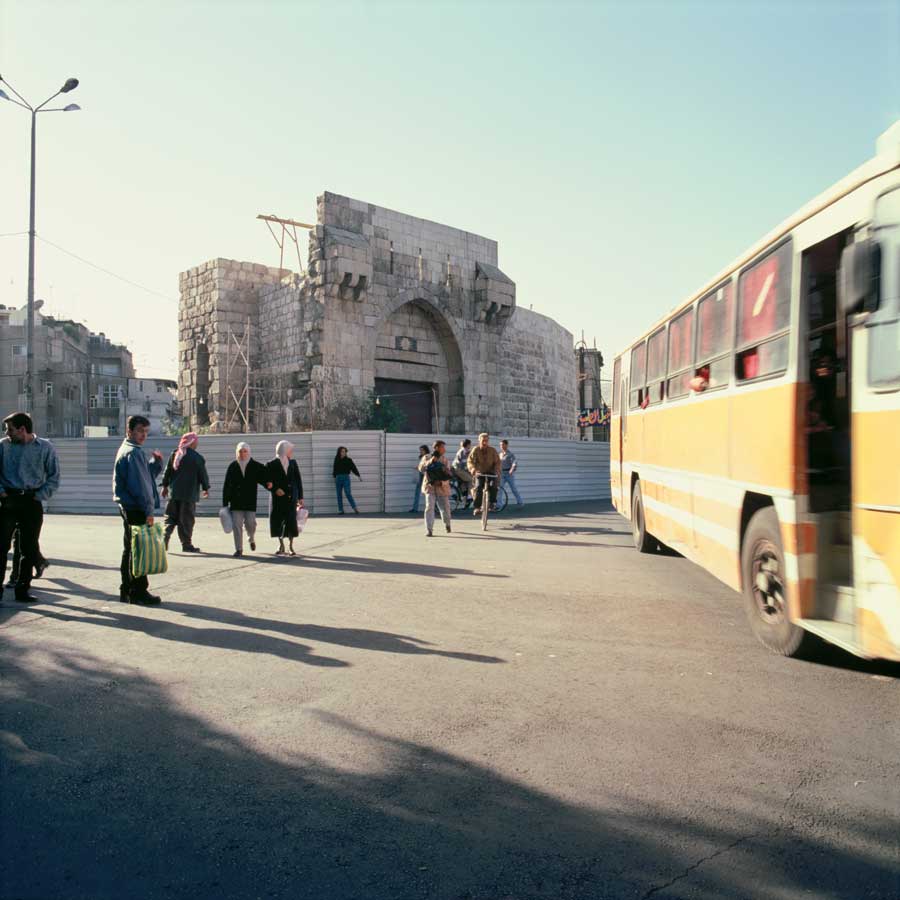
Damaskus Bab Tuma/ variabel / C-Print / 1999 // © Stefanie Bürkle - VG Bild Kunst
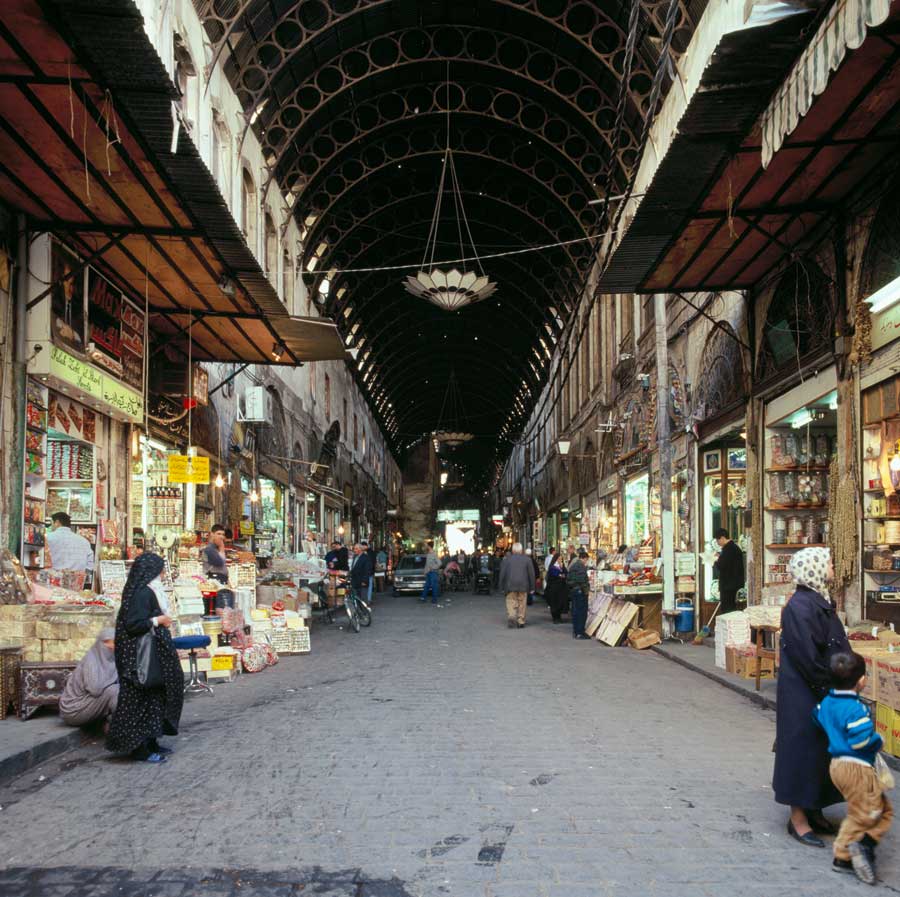
Damaskus suq / variabel / C-Print / 1999 // © Stefanie Bürkle - VG Bild Kunst
Die Serie mit Fotografien aus Syrien, hauptsächlich aus Damaskus und Aleppo ist im November 1999 entstanden. Stefanie Bürkle versucht in diesen Bildern , die beiden Städte und ihre 5.000-jährige Entwicklungsgeschichte aus ihrer Perspektive zu porträtieren. Ihr Blick streift dabei die historischen wie auch ganz gegenwärtigen und alltäglichen Baustellen und Brüche im Stadtgefüge.
Um die Schwierigkeiten bei der Erhaltung der Altstädte von Aleppo und Damaskus zu verstehen, betrachtet Stefanie Bürkle auch die Stadtränder der historischen Städte. Und findet dort zum einen die staatlich verordneten Siedlungsstrukturen und zum anderen illegale Bauten als Folge der Landflucht einerseits und der Innenstadtflucht der „Mittelschicht“ anderseits. So verbleiben in der unsanierten historischen Altstadt von Aleppo vorwiegend arme Städter oder neu angekommene Landbevölkerung. Dies bewirkt eine Ruralisierung der Altstadt, während die stadtumgebende Landschaft zunehmend urbanisiert wird.